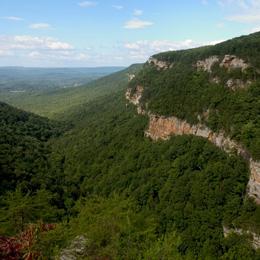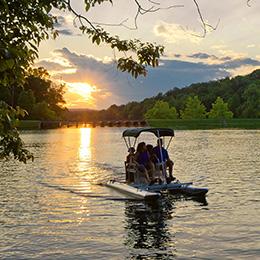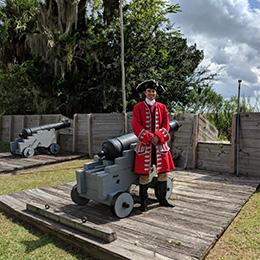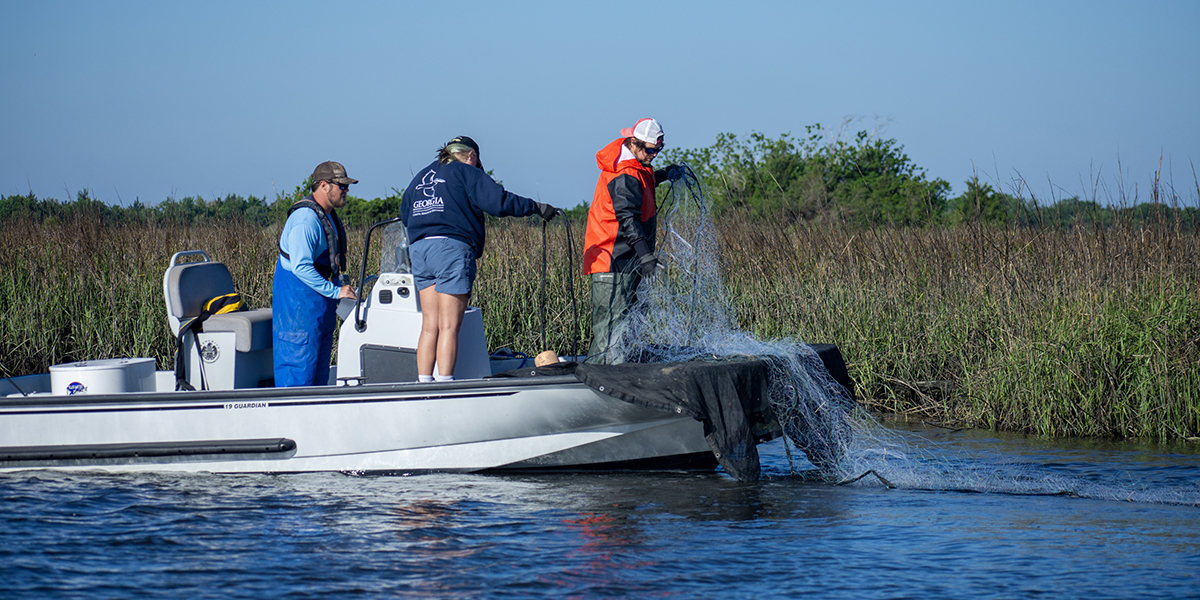
A 'Net Gain' for Science:
How the Marine Sportfish Population Health Survey Ensures Fish for Tomorrow
Posted April 29, 2025
Coastlines Georgia | April 2025 | Vol. 8, Iss. 1
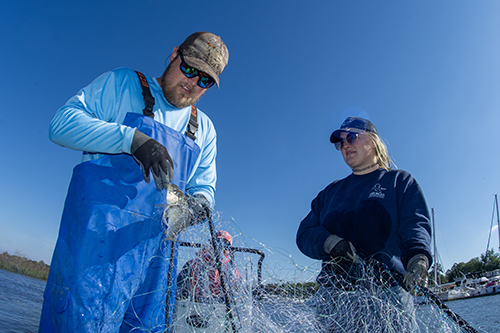
By Tyler Jones
Public Information Officer
Each summer as the sun rises over Georgia’s barrier islands, a small team of state marine biologists begins the quiet work of setting nets and gathering data that could shape the future of coastal fishing. These aren’t commercial trawlers or sportfishing charters, but scientists with the Georgia Department of Natural Resources’ Coastal Resources Division (CRD), and their task is as delicate as it is essential: monitoring the health of the fish that thousands of Georgians and visitors love to catch.
It’s called the Marine Sportfish Population Health Survey (MSPHS), and since 2003 it has served as the CRD’s frontline effort to assess the vitality of Georgia’s most prized coastal sportfish: the spotted seatrout and the red drum. Through a combination of gillnetting, trammel netting, tagging, and measuring, the survey paints a vivid picture of what’s happening beneath the surface in Georgia’s tidal creeks and estuarine waters.
“We need to know how these fish populations are changing over time,” said CRD marine biologist Ryan Harrell. “Whether it’s from environmental changes, fishing pressure, or habitat disruption, these data help us understand trends and make smart decisions about how to manage these resources.”
Unlike other types of fisheries surveys, which might rely on recreational catch reports or commercial landings data, the MSPHS gets hands-on. Field crews deploy two types of nets throughout the year—a gillnet in the summer and a trammel net in the fall—to intercept fish of different sizes and species at various life stages.
A Net Gain for Science
From June through August, the focus is squarely on young-of-year (YOY) red drum—those recently hatched and still swimming in the relatively sheltered estuarine nurseries of the Altamaha River, St. Andrew Sound, and Wassaw Sound. At 36 randomly chosen sites each month, biologists and technicians set a 300-foot-long gillnet, its mesh stretched precisely to 2.5 inches to catch the right size fish. After a brief soak, the net is pulled, and the real work begins.
“Every fish we catch is measured and identified,” Harrell said. “If it’s a red drum, we tag it with a small external marker called a ‘dart tag’ before releasing it. If that fish is ever caught again, we can track its growth and movements. It gives us a long-term view of their development and survival.”
But the survey doesn’t stop at just red drum. Over the years, the MSPHS has cataloged more than 100,000 finfish from more than 100 species, including skates, rays, and sharks. It’s a broad data set that helps scientists and resource managers look beyond just one or two species and examine the entire marine ecosystem.
Environmental data is collected at each netting site, too—things like water temperature, salinity, and dissolved oxygen. These measurements offer clues into why fish might be thriving one year and struggling the next. Combined with historical records, these hydrological data points help CRD biologists and managers to estimate stock conditions.
Sometimes, the conditions are right for something unusual. In recent years, CRD crews have noted sporadic appearances of warm-water species like mangrove snapper further north than expected. Though not the main target of the survey, these sightings are important pieces of the larger puzzle, hinting at broader changes in marine ecosystems, possibly driven by warming waters or shifting ocean currents.





